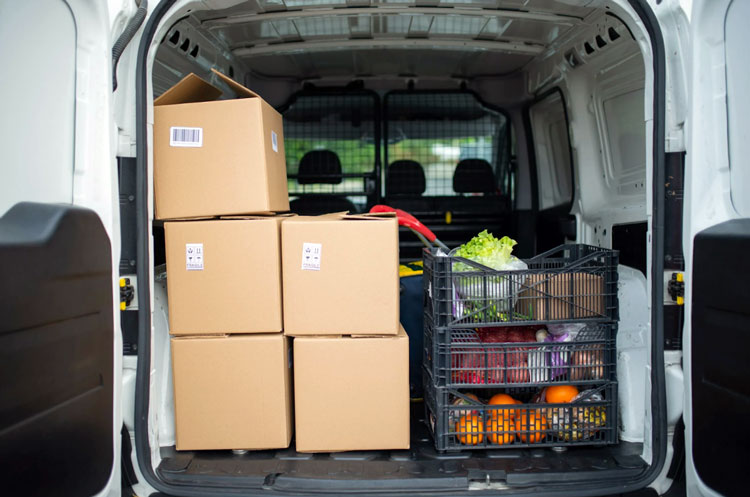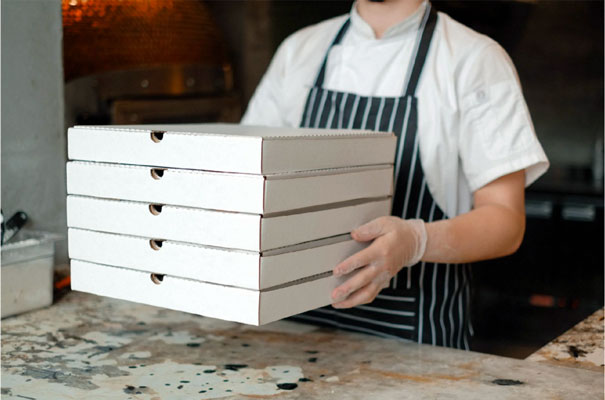Are you craving your own profitable takeaway business? With direct access to progressive digital and financial tools, the food delivery business is well-prepared to fill the existing industry gaps.
According to Statista, it is estimated that by 2026, products ordered through e-commerce channels in the US will account for 20.5% of total food sales. Therefore, if you want to capitalize on changing consumer behavior and launch a moneymaking delivery business, this article is for you.
Steps to Starting a Food Delivery Business
Launching your own profitable food delivery business may feel overwhelming. It doesn’t resemble traditional business, as the food delivery model is relatively new and involves scalable technology use.
This guide outlines eleven accurate steps on how to start your food delivery business without undesired complications.
1. Market Research
Before getting things rolling, you should spend a decent amount of time on market research. This step is crucial because it helps you understand whether the market will embrace your idea, identify leading competitors, and assess their scale.
Keep in mind that the target audience for the food delivery business should be tech-savvy. Conducting market research will clarify the viability of the concept within the local area.
2. Identify Your Niche

Once you grasp the competitive landscape, it becomes possible to identify gaps in the market and define your niche. If the market is highly competitive, having a specific focus will help you stand out. For example, you can provide organic food delivery or vegan meal options. However, even if the level of competition is low, starting with a basic delivery would be the best option.
3. Financial Planning
Planning a financial strategy is a monumental milestone for any type of business. In the case of food delivery, you need to secure funds to invest in essential elements, including software, inventory, warehouse space, delivery vehicles, hiring delivery drivers, licensing fees, maintenance costs, etc. Additionally, forecast your revenue to estimate how long it will take for your business to line your pockets.
4. Legal and Administrative Work
Businesses must be registered with local authorities before commencing any financial operations. Determine the clear name and address for registration to obtain the necessary licensing. Open a business bank account to keep your finances organized.
5. Develop an end-to-end App
The app serves as a driving force for your food delivery business. It allows potential customers to browse products you offer, place orders, and track the order until it is delivered. The app interface should be user-friendly and provide a convenient way for customers to interact with your services.
To make a split-second decision worth a lot of cash, on-demand food delivery app development is designed to improve retention and drive revenue while guaranteeing a seamless customer experience.
6. Build Your Warehouse or Partner with Stores
There are a couple of ways to start a food delivery business: you can either partner with local grocery stores or build your own warehouse. In the former case, you don’t need to maintain inventory, as you will act as the intermediary between the customer and the local store. However, if you stick to building your warehouse, you will need to invest in storage and warehouse management.
7. Get the Equipment in Place

You can either purchase delivery vehicles or rent them. As extras, you will need hardware, such as computers to process orders and mobile phones for your delivery drivers. Start with as much as you need and scale up as demand grows.
8. Integrate Software
Software is an absolute must for the top-notch performance of a food delivery business. It helps streamline business processes and reduce human errors. You will need order management software to handle incoming orders and achieve prompt and accurate deliveries to your clients.
9. Hire Employees
Hiring employees with the corresponding skills and values that align with your vision is crucial. When hiring delivery drivers, you should make sure they have a valid driver’s license and a clear driving record. Strong customer service and communication skills are also of primary importance, as they will empower your business during deliveries.
10. Perform Test Runs
It’s important to perform test runs to identify any manual or technical glitches in the process. You want to optimize your processes because this will lead to an enhanced experience for both customers and employees.
11. Market Your Business
Even if you could offer prime products and services at competitive prices, it won’t do any good without visibility into the entire delivery process. That’s where marketing steps in. It helps spread the word so that when you create your food delivery brand, the orders start piling up.
The Bottom Line
Ultimately, there is no secret ingredient to a successful takeaway project. To broaden the customer base, you need a successful food delivery business model, a reliable delivery app, and to stay competitive at all times. The future of food delivery is boundless, and your decision to take a plunge might be crucial for building success.








